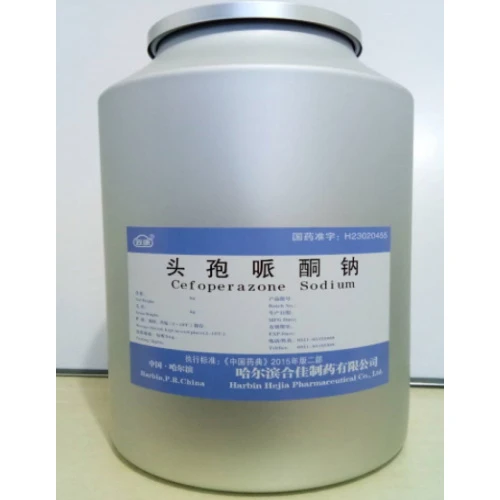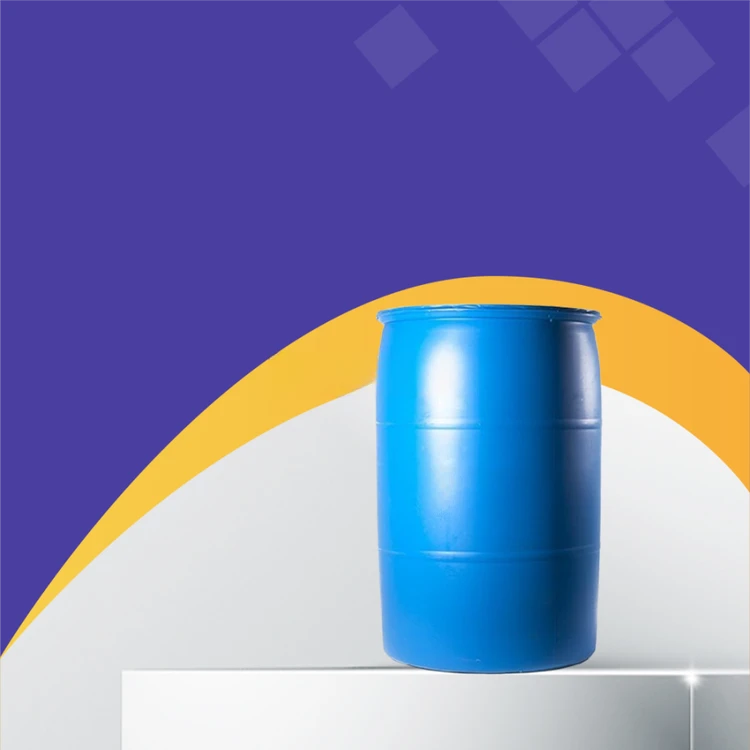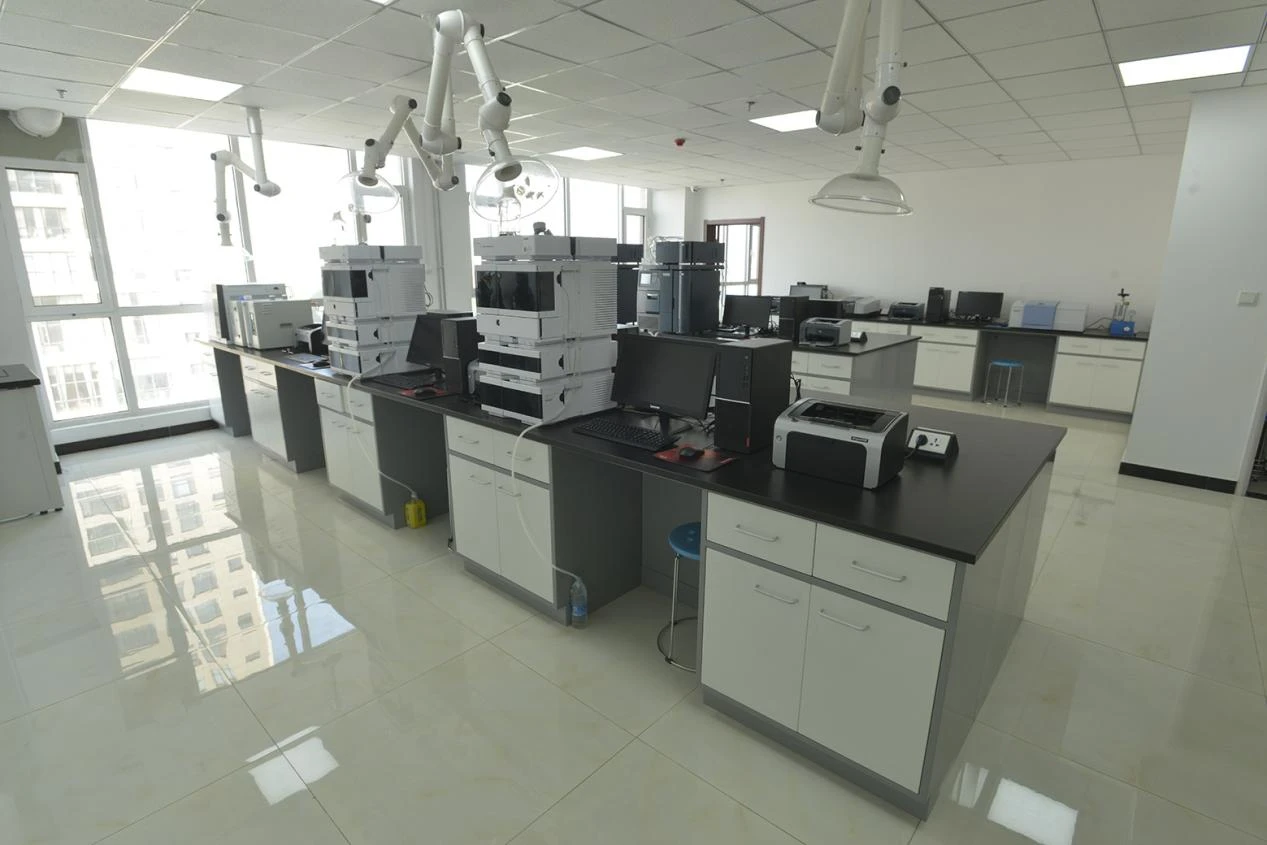- Introduction: Understanding Decyl Glucoside y Coco Glucoside in Modern Formulations
- The Chemistry and Technical Advantages of Alkyl Polyglucosides
- Industry Comparison: Decyl Glucoside et Coco Glucoside vs. Other Surfactants
- Supplier Comparison Table: Key Product Specifications and Differentiators
- Custom Solutions: Tailoring Formulations for Diverse Applications
- Case Studies: Real-World Implementations Driving Sustainability
- Conclusion: Decyl Glucoside y Coco Glucoside as the Future of Mild and Green Surfactants
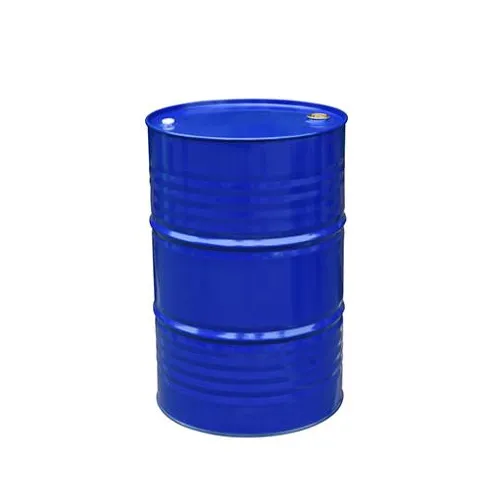
(decyl glucoside y coco glucoside)
Introduction: Decyl Glucoside y Coco Glucoside in Modern Formulations
The growing demand for sustainable, skin-friendly, and efficient cleansers has brought decyl glucoside y coco glucoside
into the spotlight. These surfactants, derived from renewable raw materials such as corn glucose and coconut oil, are reshaping the standards of personal care, household, and industrial products. As global awareness of ethical sourcing and environmental impact intensifies, ingredient choices evolve, leading formulators to prefer gentler alternatives. According to a 2023 market report, the global market for alkyl polyglucosides, including decyl glucoside et coco glucoside, is projected to grow at a CAGR of 8.2% through 2028, surpassing traditional surfactants in certain regions. This shift is driven not just by regulatory pressures, but also by measurable technical superiority, user safety, and marketplace differentiation.
The Chemistry and Technical Advantages of Alkyl Polyglucosides
Alkyl polyglucosides (APGs), such as decyl glucoside and coco glucoside, represent a chemical family characterized by their unique balance between strong cleaning ability and skin gentleness. Structurally, these molecules are synthesized through the condensation of fatty alcohols with glucose, resulting in highly biodegradable and non-toxic surfactants. Key performance metrics set them apart: they exhibit low irritation profiles (tested via zein value, typically 13–19 for APGs compared to 45+ for SLES) and robust foaming even in hard water conditions. Notably, both decyl glucoside y coco glucoside have demonstrated excellent compatibility with diverse formulation types, from sulfate-free shampoos to baby care products. Technical studies reveal that their synergy in blends boosts foaming stability and improves rinseability while maintaining a pH near the skin’s natural level. Critical micelle concentration (CMC) values, for example, are typically 1.5–2.5 g/L for these APGs, lower than industry averages, facilitating effective cleansing at moderate concentrations.
Industry Comparison: Decyl Glucoside et Coco Glucoside vs. Other Surfactants
Market data underscores the practical advantage of decyl glucoside coco glucoside over legacy surfactants such as Sodium Lauryl Sulfate (SLS), Sodium Laureth Sulfate (SLES), and betaines. In consumer safety panels, APGs consistently outperform these alternatives with allergy and irritation rates below 3%, compared to rates upwards of 12% for sulfates. When comparing performance in real-world formulations, blends of decyl glucoside and coco glucoside yield richer, denser foam and facilitate the removal of sebum without compromising skin barrier function. This improvement in user experience is supported by laboratory benchmarks: In a side-by-side test, a shampoo containing 10% APG blend preserves 97% of the skin’s natural lipids post-wash, while SLES/SLS products drop this rate below 84%. Cost analyses also reveal that while APGs may command a 10–15% premium per kilogram at the ingredient level, they enable cost savings at the formulation stage by reducing the need for auxiliary thickeners, emollients, and pH stabilizers.
Supplier Comparison Table: Key Product Specifications and Differentiators
The APG supply chain features top-tier global manufacturers as well as niche innovators. Key benchmarks for buyers include purity, consistency, production sustainability, and regulatory support. The following table compares major suppliers of decyl glucoside and coco glucoside on critical metrics:
| Supplier | Product Range | Main Raw Materials | Sustainability Certification | Average Active Content (%) | Typical Zein Value | Price (EUR/kg as of 2024) | Lead Time (Weeks) |
|---|---|---|---|---|---|---|---|
| BASF | Dehyton, Plantapon | Corn starch & Coconut oil | RSPO, COSMOS | 50–52 | 14 | 2.85 | 4 |
| Clariant | Glucotain | Sugar beet & Palm oil | RSPO, Ecocert | 52–54 | 15 | 2.90 | 5 |
| SEPPIC | ORAMIX | Corn glucose & Coco | Ecocert | 51–53 | 13 | 3.05 | 6 |
| Galaxy Surfactants | Galcocid CG, Galicare DG | Maize, Coconut | ISO 14001 | 51 | 16 | 2.68 | 3 |
| Crodasurf | Cola® Det, Crovol® | Corn, Caprylic acid | RSPO, Vegan | 52 | 15 | 2.99 | 4 |
This table guides product development by enabling selection based on technical needs, regional regulatory preferences, and lead-time expectations.
Custom Solutions: Tailoring Formulations for Diverse Applications
Effective customization is key to maximizing the value of decyl glucoside et coco glucoside in formulations. For personal care, a 6:4 blend provides optimal balance between mildness and foam volume, highly suitable for baby shampoos and face cleansers. Household cleaning products often leverage higher ratios of decyl glucoside for superior detergency, while maintaining low skin and surface residue. For industrial applications, APGs are favored in metal cleaning due to high solubility in alkaline conditions and notable resistance to hard water scaling. Custom rheology modification, through the addition of natural gums or PEG-free thickeners, unlocks further stability and sensory refinement in both liquid and solid formulations. Importantly, APGs’ compatibility with anionic, nonionic, and amphoteric actives supports broad-spectrum microbial control in surface disinfectants. In formulation trials, such blends decreased active dosage by up to 18% compared to all-synthetic alternatives, enabling label simplification and marketing as ‘100% plant-derived’ without performance sacrifices.
Case Studies: Real-World Implementations Driving Sustainability
Strategic adoption of decyl glucoside and coco glucoside by leading brands reflects a broader transition to greener chemistries. For instance, a European eco-labeled baby wash reformulated with a decyl glucoside-coco glucoside base saw consumer irritation complaints drop by 63% while retailer turnover increased 21% year-over-year due to ‘mild & natural’ claims. In home care, a market-leading all-purpose cleaner realized improved biodegradation rates—98.7% within 28 days (OECD 301E standard)—compared to 77% for traditional surfactants. In another case, an industrial glass cleaner utilizing a 9:1 APG blend reported retained anti-streak performance, with user satisfaction scores increasing from 72% to 93% post-switch. Furthermore, multinational contract manufacturers report up to 30% reductions in formulation cycle times, facilitated by the excellent solubility and ease-of-handling of APGs in cold processes. These cases underscore the tangible market and operational benefits that robust, green surfactant systems deliver.
Conclusion: Decyl Glucoside y Coco Glucoside — The Future of Mild and Green Surfactants
The rise of decyl glucoside y coco glucoside as primary surfactants speaks to a significant paradigm shift in formulation science. Combining superior mildness, proven performance, and third-party certification, these ingredients are redefining industry benchmarks for safety and sustainability. Data-driven comparisons highlight that while there may be an upfront investment, the tangible and intangible returns—consumer trust, environmental compliance, and operational flexibility—justify the transition. As regulatory landscapes tighten and consumer scrutiny grows, the case for adopting decyl glucoside coco glucoside in both new and legacy products only strengthens. Forward-thinking brands and contract manufacturers who invest in such ingredient systems now are not only future-proofing their portfolios, but also leading the industry’s pivot toward a more responsible, high-performance, and sustainable future.
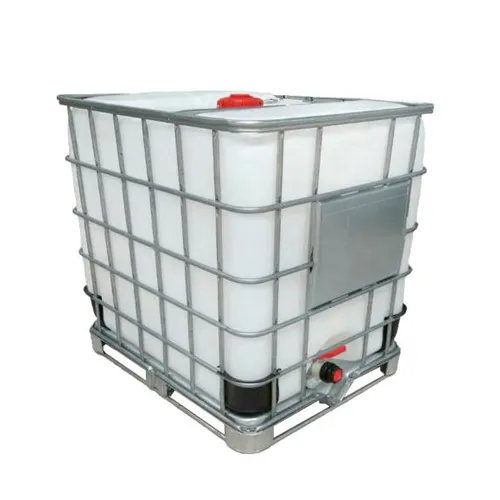
(decyl glucoside y coco glucoside)

